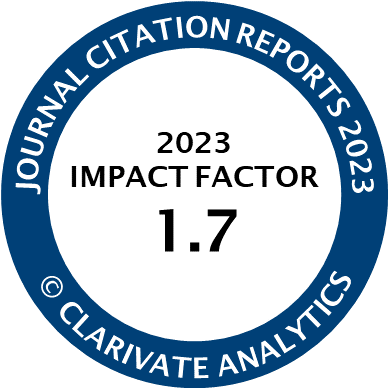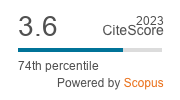Article | Open Access
Digital Visualisation as a New Driver of Urban Change in Africa
| Views: | 2646 | | | Downloads: | 1764 |
Abstract: Cities in Sub-Saharan Africa are growing faster than in any other part of the world, driven by expanding informal settlement (usually on the urban periphery) and the real-estate sector aiming for up-market property development. The continent currently has the highest real-estate value growth potential in the world. Much up-market property development is currently taking the form of new ‘cities’—sometimes a redevelopment of an entire city (e.g., Kigali), sometimes a new city on an urban edge (e.g., Eko-Atlantic, Lagos) and sometimes a new satellite city (e.g., Tatu City, Nairobi). These projects are driven by international property development companies often in collaboration with governments and sometimes with local planning and property partners. All manifest as plans in a new way: as graphics on the websites of international consultants. Most involve no public participation and attempt to by-pass planning laws and processes. Producing these new plans (as computer generated images) are a new set of professionals: architects, planners, visualisers, advertising executives and project managers, working together in offices in global capitals of the world. Their aim is commercial. Planning in these projects is no longer shaped by the materiality of the city and attempts to achieve socio-spatial justice and sustainability. Rather planning is shaped by the circulation of graphics through a network of software programmes and marketing professionals. This article will situate Africa’s new cities in theorisation of urban development and the role of urban planning through digital visualization.
Keywords: digital visualisation; property development; urban Africa; urban inequality; urban planning
Published:
© Vanessa Watson. This is an open access article distributed under the terms of the Creative Commons Attribution 4.0 license (http://creativecommons.org/licenses/by/4.0), which permits any use, distribution, and reproduction of the work without further permission provided the original author(s) and source are credited.




